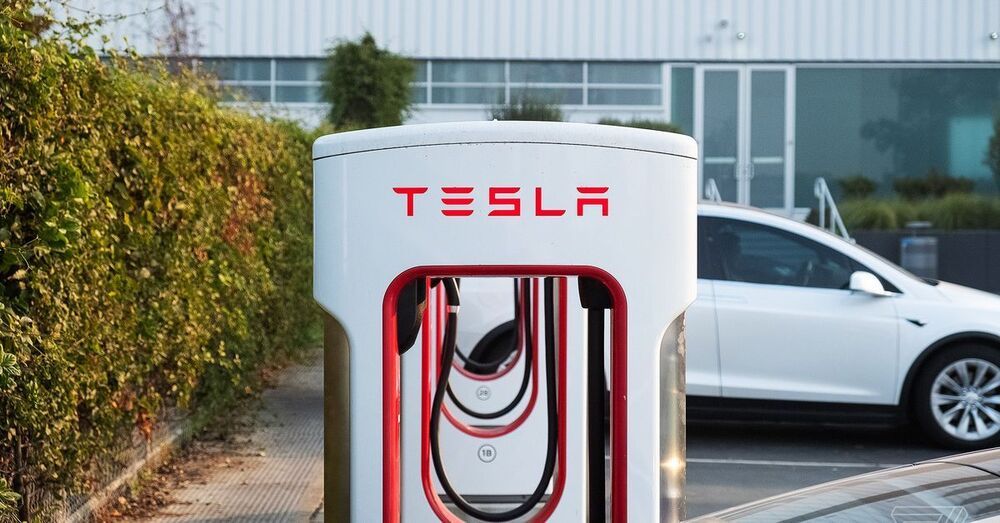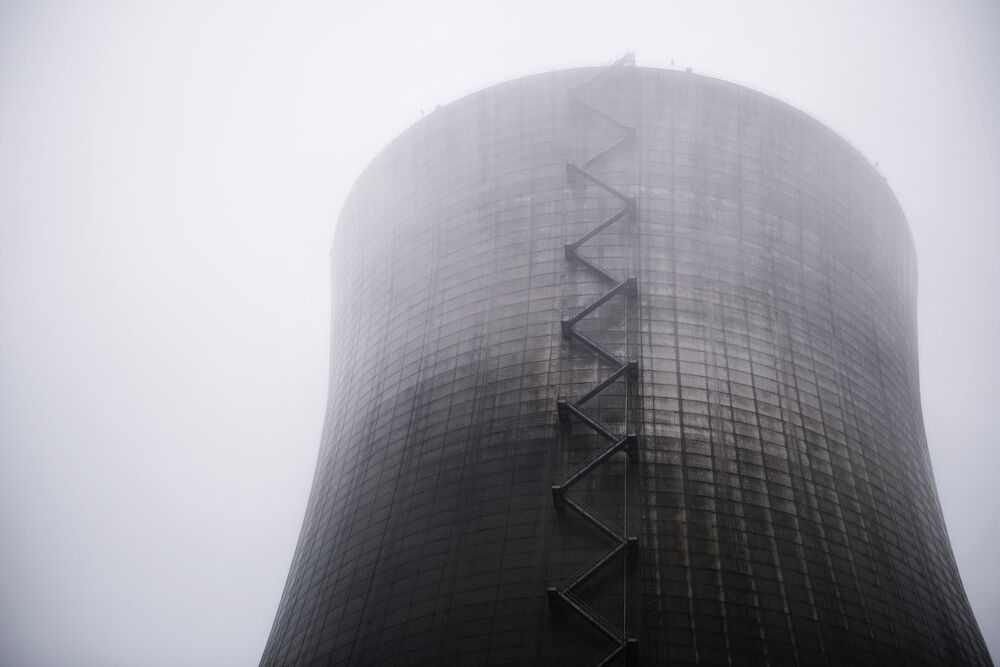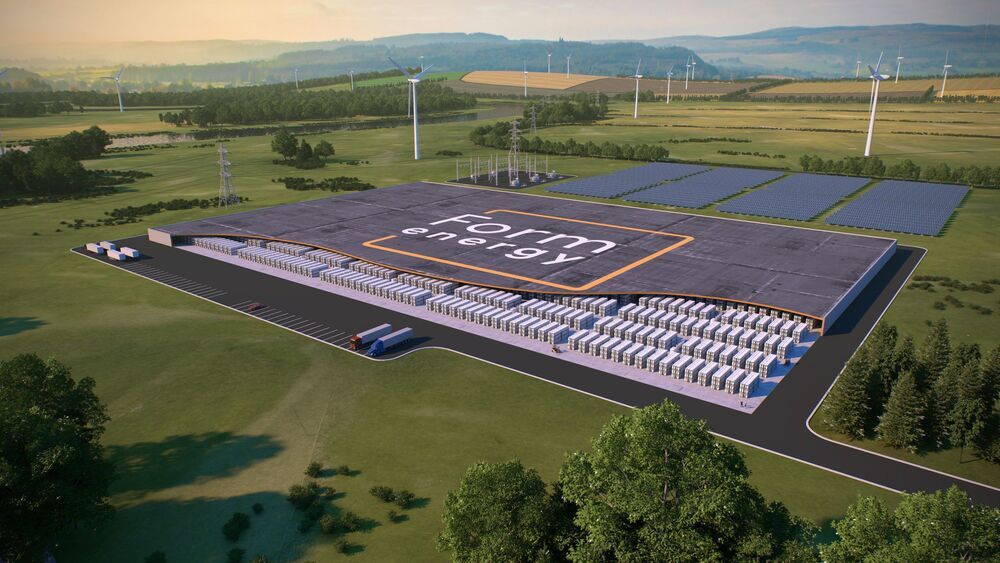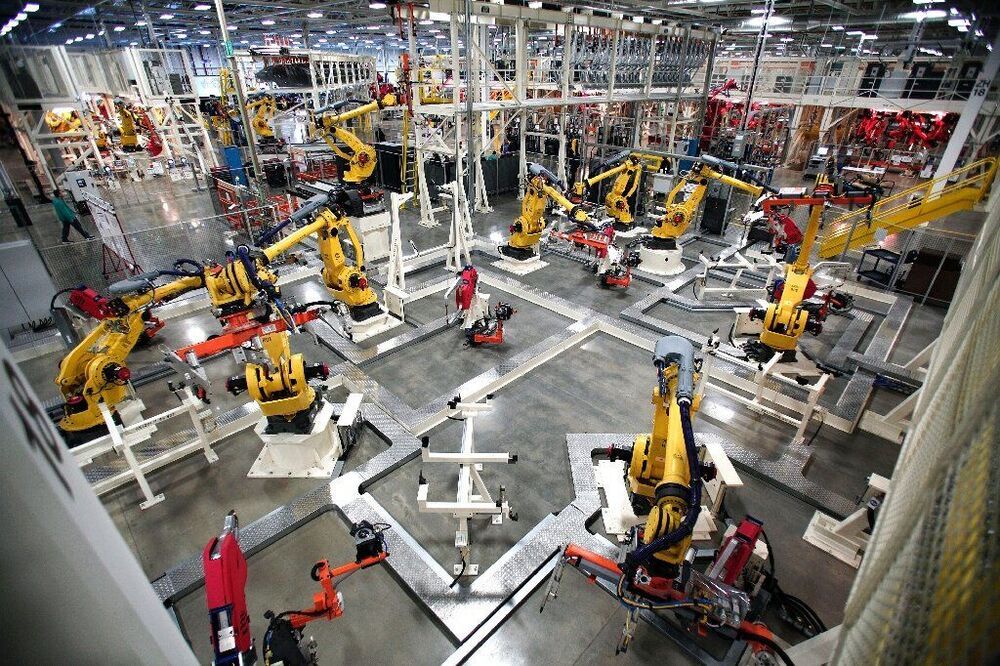Adapters, dynamic pricing, and a big expansion.
Tesla CEO Elon Musk has always talked about opening up his company’s vast network of Supercharger charging stations to other EVs, but now he’s shared some details about how it might actually work.

What i would suggest is landing Atlas robots in waves on the Moon, the first wave builds a solar panel farm for power, the second repairs the first wave, the third joins the first two to begin building large scale runways, the fourth joins the first three to begin building permanent structures.
The Moon is close enough for teleoperations, and in the 2030s, when we actually do Mars, the AI could repeat the whole thing there.
Before they explore Mars, the robots explore Martian-like caves on Earth first.

Elon Musk recently hinted at a very welcome and simple update for Tesla’s vehicles, especially those which have already replaced their 12-volt batteries in the past. According to the CEO, Tesla would be looking into the idea of equipping older vehicles with a 12-volt lithium-ion battery, similar to the Model S Plaid.
Musk’s update came as a response to Tesla owner Rich Teer, who inquired if it was possible to have the company’s older vehicles be equipped with the company’s newer 12-volt lithium-ion battery. This was a good point considering that the conventional 12-volt lead-acid battery used in vehicles like the Model 3 and Model Y tend to get discharged, in some cases, multiple times per year.
In his response, Musk stated that Tesla would try to roll out such an initiative, especially as it would be beneficial for the company’s cars. A 12-volt lithium-ion battery would last far longer than a conventional lead-acid battery, after all, and according to Musk, Tesla’s goal is to reduce service in its vehicles anyway. “Unlike other makers of cars, our goal is *not* to profit from service. Best service is not needing service in the first place,” Musk noted.
It is among the longest flights by an electric aircraft.
The company, which is backed by Toyota and recently acquired Uber’s flying taxi division, has said that it plans to have a full-scale air taxi service in operation by 2024, including regional trips. The point of the 150-mile flight was to demonstrate how far its aircraft could fly on a single charge, to allay concerns about the vehicle’s range and battery. If you want to fly from New York City to Montauk, Joby wanted to show that it can get you there without running out of juice.
“We’ve achieved something that many thought impossible with today’s battery technology,” JoeBen Bevirt, founder and CEO of Joby, said in a statement. “By doing so we’ve taken the first step towards making convenient, emissions-free air travel between places like San Francisco and Lake Tahoe, Houston and Austin, or Los Angeles and San Diego an everyday reality.”

Roads that can charge electric cars or buses while you drive aren’t a new concept, but so far the technology has been relatively expensive and inefficient. However, Indiana’s Department of Transport (INDOT) has announced that it’s testing a new type of cement with embedded magnetized particles that could one day provide efficient, high-speed charging at “standard roadbuilding costs,” Autoblog has reported.
With funding from the National Science Foundation (NSF), INDOT has teamed with Purdue University and German company Magment on the project. They’ll carry out the research in three phases, first testing if the magnetized cement (called “magment,” naturally) will work in the lab, then trying it out on a quarter-mile section of road.
In a brochure, Magment said its product delivers “record-breaking wireless transmission efficiency [at] up to 95 percent,” adding that it can be built at “standard road-building installation costs” and that it’s “robust and vandalism-proof.” The company also notes that slabs with the embedded ferrite particles could be built locally, presumably under license.

The photovoltaic effect of ferroelectric crystals can be increased by a factor of 1000 if three different materials are arranged periodically in a lattice. This has been revealed in a study by researchers at Martin Luther University Halle-Wittenberg (MLU). They achieved this by creating crystalline layers of barium titanate, strontium titanate and calcium titanate which they alternately placed on top of one another. Their findings, which could significantly increase the efficiency of solar cells, were published in the journal Science Advances.
Most solar cells are currently silicon based; however, their efficiency is limited. This has prompted researchers to examine new materials, such as ferroelectrics like barium titanate, a mixed oxide made of barium and titanium. “Ferroelectric means that the material has spatially separated positive and negative charges,” explains physicist Dr Akash Bhatnagar from MLU’s Centre for Innovation Competence SiLi-nano. “The charge separation leads to an asymmetric structure that enables electricity to be generated from light.” Unlike silicon, ferroelectric crystals do not require a so-called pn junction to create the photovoltaic effect, in other words, no positively and negatively doped layers. This makes it much easier to produce the solar panels.
However, pure barium titanate does not absorb much sunlight and consequently generates a comparatively low photocurrent. The latest research has shown that combining extremely thin layers of different materials significantly increases the solar energy yield. “The important thing here is that a ferroelectric material is alternated with a paraelectric material. Although the latter does not have separated charges, it can become ferroelectric under certain conditions, for example at low temperatures or when its chemical structure is slightly modified,” explains Bhatnagar.
The renowned Mexican architect Miguel Ángel Aragonés presented ten years of research materialized in his most recent project entitled “Casa PI” whose acronym translates to a new “intelligent prefabricated” construction project. Patented in Switzerland, this system seeks to break the housing paradigm from an integral design that combines the structure of the house with the furniture and new automation technologies in architecture.
The origin of this innovation stems from the idea of creating a modular constructive system that was sustainable, in high quality, that would accelerate construction times, improve acoustic and thermal performance, as well as reduce construction costs and waste. It is based on implementing the technology, we currently live every day with, in an integral design (since conventional homes have had to adapt to these advances through facilities that hinder the design). However, “Casa PI” seeks to start from scratch by serving as a pavilion that shows the advances of this specific moment in history by offering a “piece of furniture to live in” that consumes as little energy as possible.
PI is a structure that works both vertically (as a column), horizontally (as a lock or chain), or mixed, and to which additional pieces are attached to integrate the final configuration. This modular construction system optimizes resources and reduces waste. The walls, based on overlapping paneling, are the final finish that covers the layers of thermal and acoustic insulation. The electrical and hydraulic installations are designed by means of screw-in and plug-in connections that avoid the work of welding and complicated connections. It guarantees the highest constructive quality in record time, providing a range of direct benefits: it does not require painting, waterproofing, or anti-corrosion coatings. It allows the adaptation of a thermal-acoustic system that reduces energy consumption to achieve an optimal level of comfort, whether or not, a central air conditioning system is used.

According to the UCS report, however, sodium-cooled fast reactors such as Natrium would likely be less uranium-efficient and would not reduce the amount of waste that requires long-term isolation. They also could experience safety problems that are not an issue for light-water reactors. Sodium coolant, for example, can burn when exposed to air or water, and the Natrium’s design could experience uncontrollable power increases that result in rapid core melting.
Unlike light-water reactors, these non-light-water designs rely on materials other than water for cooling. Some developers contend that these reactors, still in the concept stage, will solve the problems that have plagued light-water reactors and be ready for prime time by the end of this decade.
The siren song of a cheap, safe and secure nuclear reactor on the horizon has attracted the attention of Biden administration officials and some key members of Congress, who are looking for any and all ways to curb carbon emissions. But will so-called advanced reactors provide a powerful tool to combat climate change? A Union of Concerned Scientists (UCS) analysis of non-light-water reactor concepts in development suggests that outcome may be as likely as Energy Commission Chairman Lewis Strauss’ famous 1954 prediction that electricity generated by nuclear energy would ultimately become “too cheap to meter.” Written by UCS physicist Edwin Lyman, the 140-page report found that these designs are no better—and in some respects significantly worse—than the light-water reactors in operation today.
Lyman took a close look at the claims developers have been making about the three main non-light-water designs: sodium-cooled fast reactors, high-temperature gas-cooled reactors and molten salt–fueled reactors. With little hard evidence, many developers maintain they will be cheaper, safer and more secure than currently operating reactors; will burn uranium fuel more efficiently, produce less radioactive waste, and reduce the risk of nuclear proliferation; and could be commercialized relatively soon. Those claims, however, do not hold up to scrutiny.

Boston startup Form Energy has secured $200 million Series D funding for the development of what is being called a breakthrough in energy storage. #solarenergy #solarpv #solar
Solar and wind power have variability in their productive hours, as multi-day weather events can impact output. Therefore, multi-day storage that is cost effective is important in grid reliability.
Boston startup Form Energy developed technology to address this need, revealing recently the chemistry behind their iron-air batteries. The company said its iron-air batteries can deliver renewables-sourced electricity for 100 hours at system costs competitive with conventional power plants. At full-scale production, Form Energy said the modules would deliver electricity at tenth the cost of lithium-ion batteries.
The iron-air battery is composed of cells filled with thousands of iron pellets that are exposed to air and create rust. The oxygen is then removed, reverting the rust to iron. Controlling this process allows the battery to be charged and discharged.

Google’s parent Alphabet unveiled a new “moonshot” project to develop software for robotics which could be used in a wide range of industries.
The new unit, dubbed Intrinsic, will “become an independent Alphabet company,” and seek industrial partners to advance their work helping to make everything from solar panels to cars, the new unit’s chief, Wendy Tan-White, said in a blog post.
“Intrinsic is working to unlock the creative and economic potential of industrial robotics for millions more businesses, entrepreneurs, and developers,” she said.